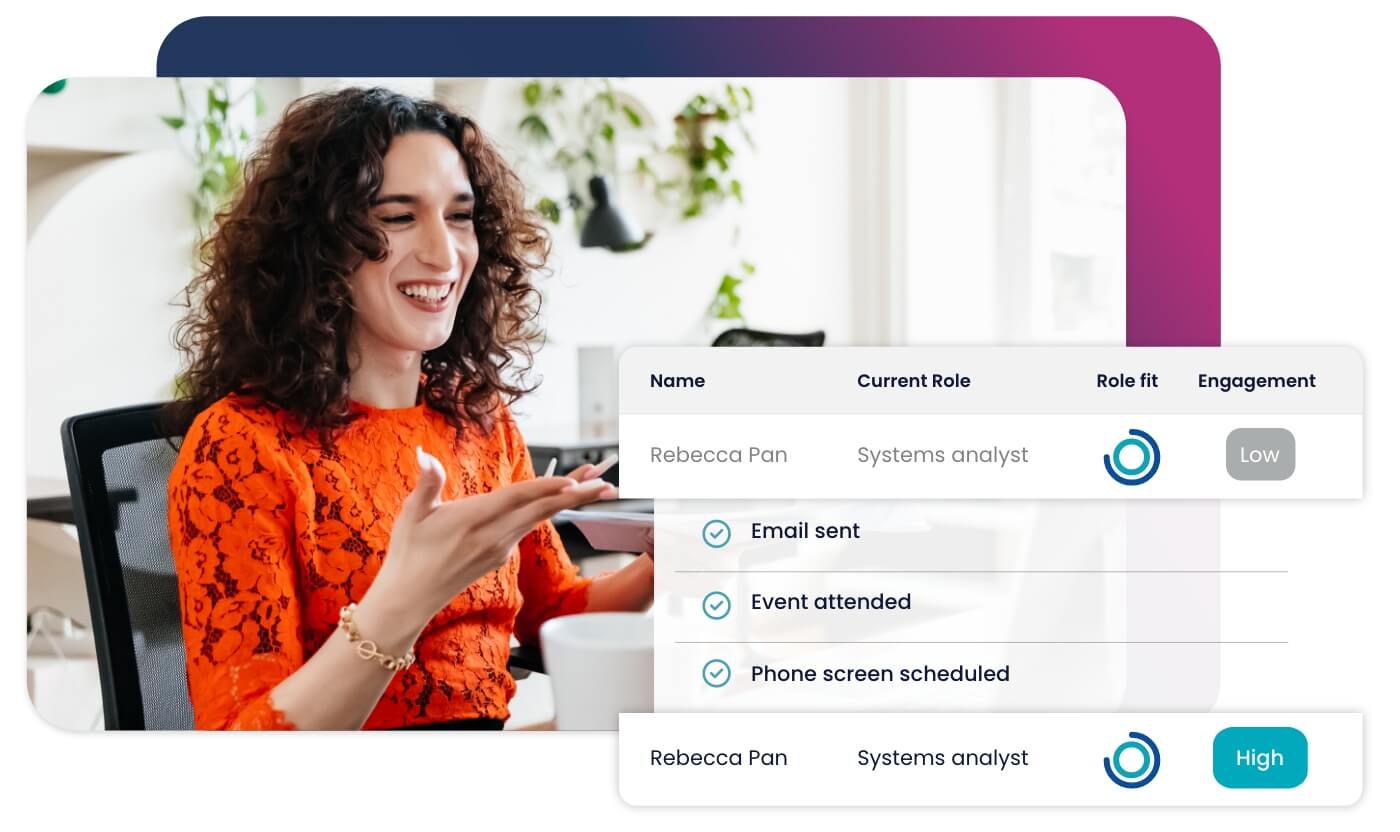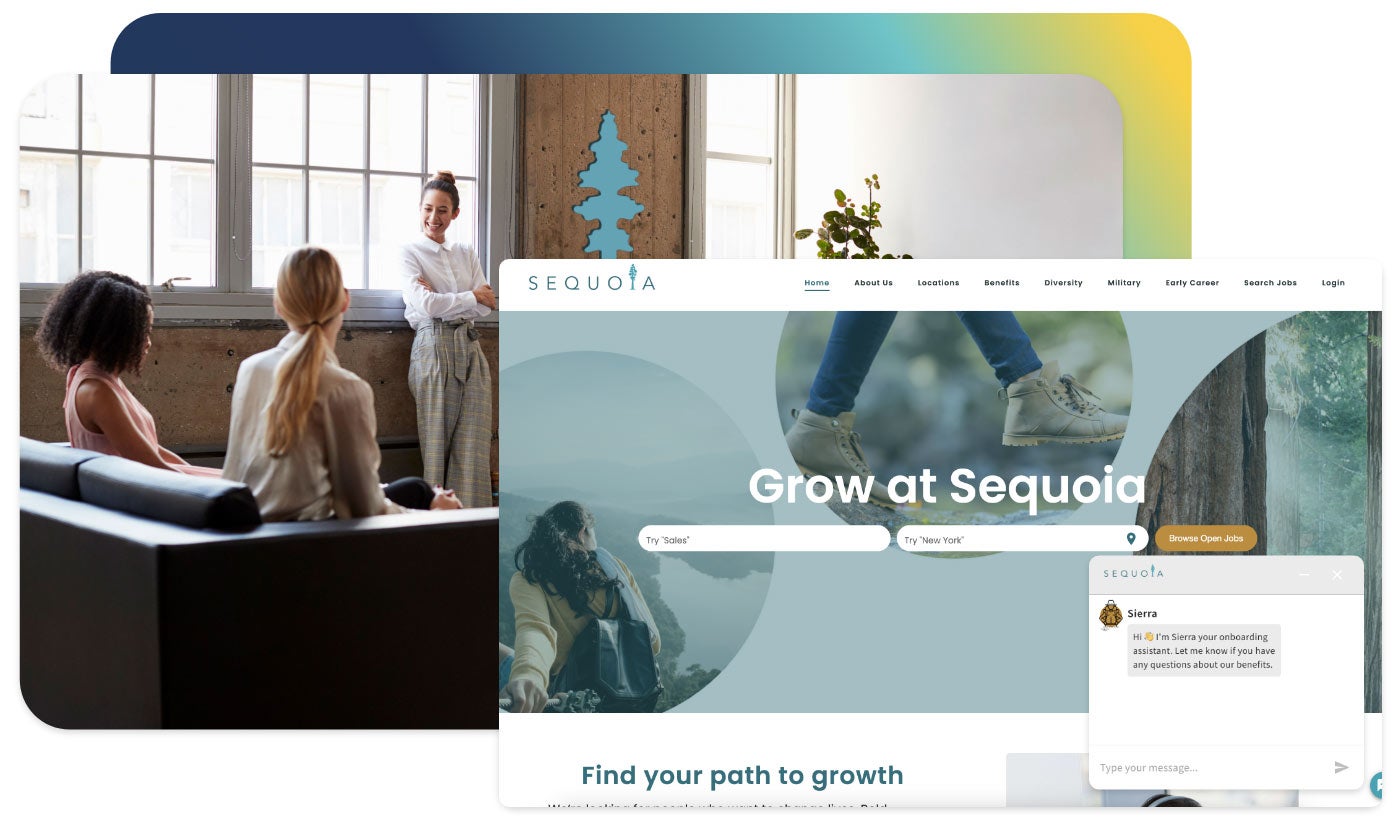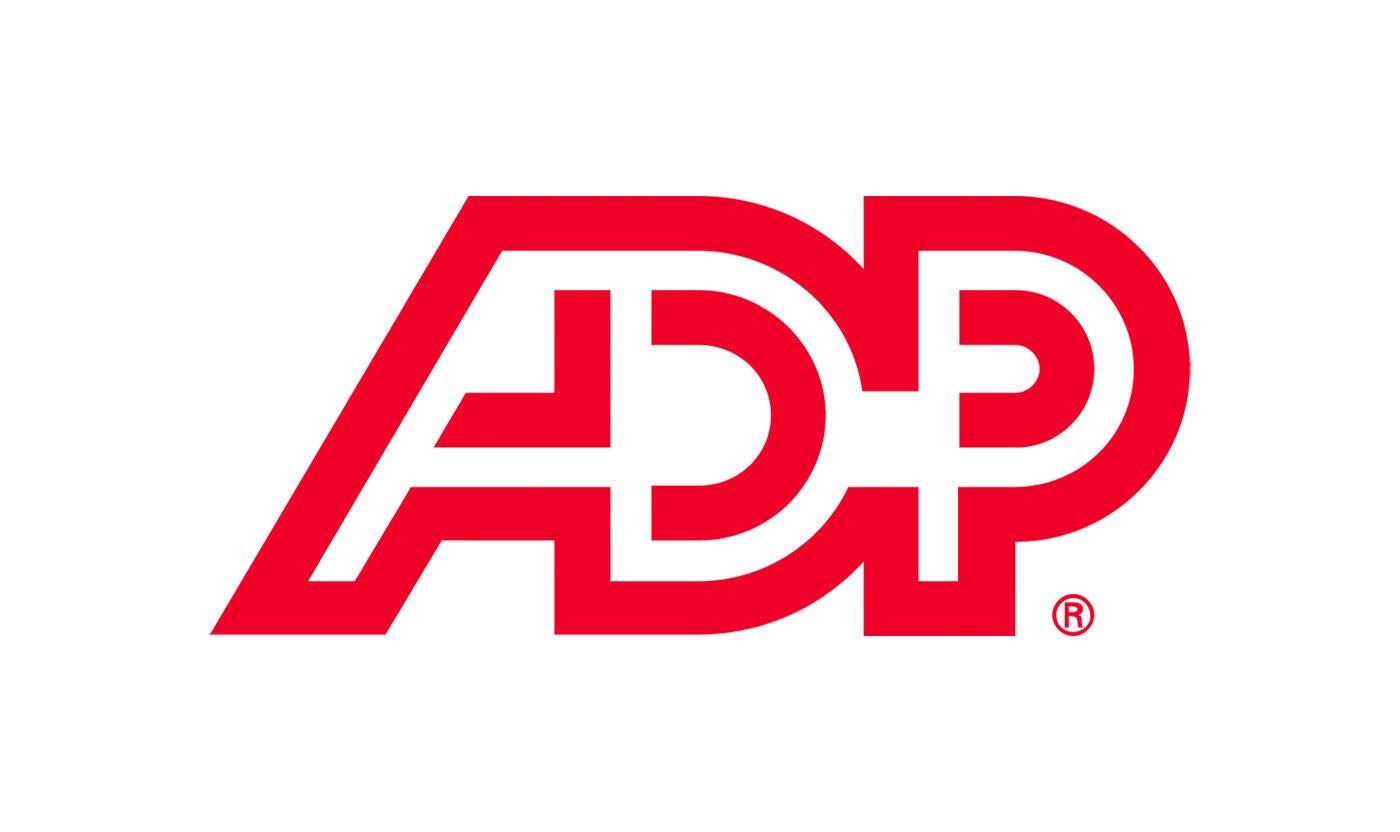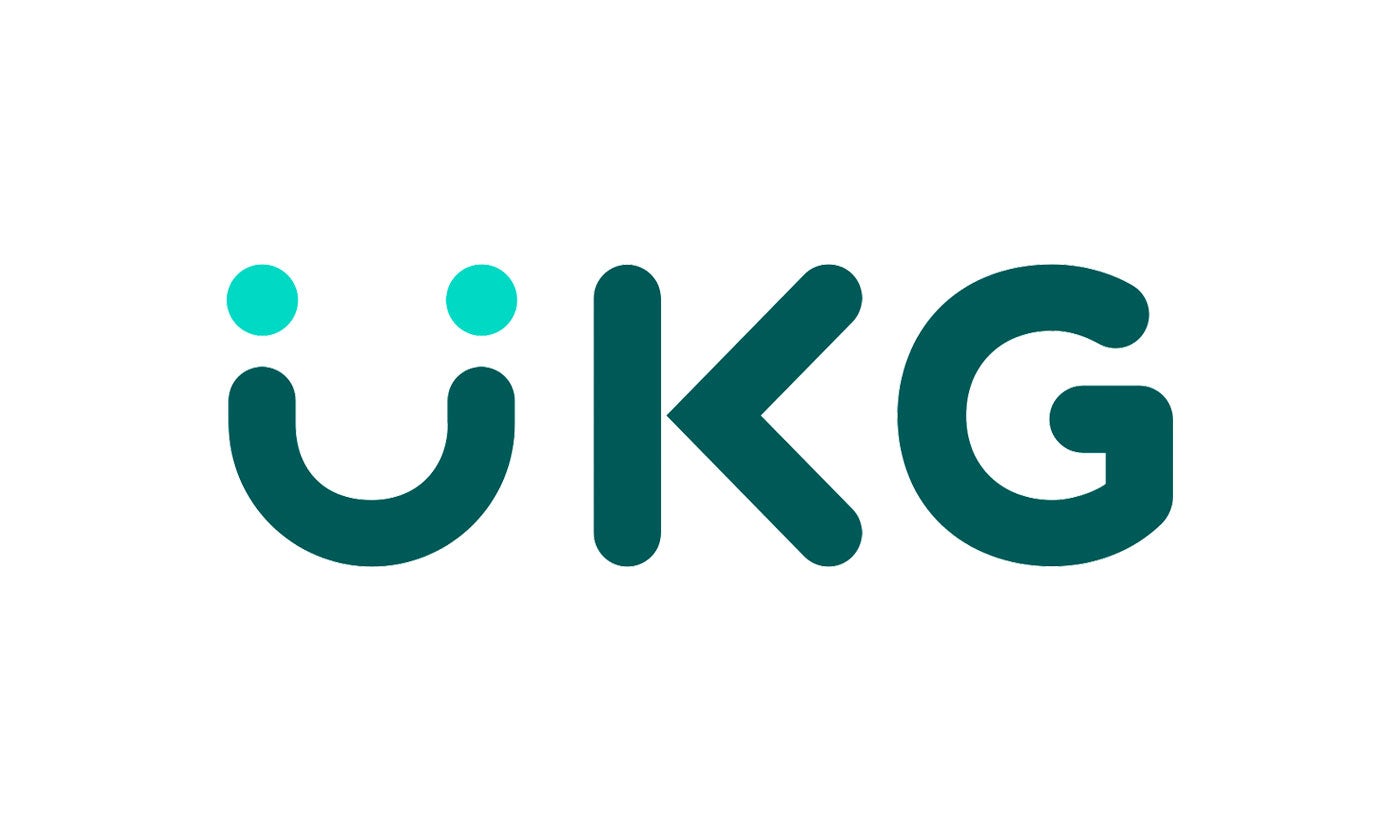





Accelerate hiring key talent to deliver care and exceed patient satisfaction.

Attract skilled candidates, speed up hiring and grow expertise in your workforce.

Simplify recruiting finance and banking talent with a platform for hard-to-fill roles.


Build a talent pipeline that engages and drives your business forward.


See how diverse and global enterprises use iCIMS to employ millions, drive innovation and connect communities worldwide.

Uncover unique market insights, explore best practices and gain access to talent experts across our library of content.


View press releases, media coverage, the latest hiring data and see what analysts are saying about iCIMS.


Streamline your tech stack and take advantage of a better user experience and stronger data governance with ADP and iCIMS.

The combined power of iCIMS and Infor helps organizations strategically align their business and talent objectives.

Our award-winning partnership with Microsoft is grounded in a shared desire to transform the workplace and the hiring team experience.

Our partnership with Ultimate Kronos Group (UKG) supports the entire talent lifecycle by bringing frictionless recruiting solutions to UKG Pro Onboarding.

When a job seeker navigates to your career site, what will she experience? Will she feel intrigued as she watches current employees explain why they like their jobs? Will she delve further into the site to explore current roles? Or will she abandon the page after a mere scroll, unimpressed by what she sees?
Career site analytics tell the story of candidates’ end-to-end experience on your career site. They reveal the answers to these questions, explaining not only where candidates’ journeys begin and where they end, but also why.
Before we jump into the specifics of how analytics work and how you can use them to improve your career site, we want to explain why they’re important. Analytics give you the information you need to make your career site shine. When your career site is optimized to convert curious job seekers into invested applicants, you gain more than candidates. You create a positive first impression on your future employees and take the first step in building a successful employer brand.
You also avoid the pitfalls of a lackluster career site. According to the iCIMS 2023 Talent Experience Report, candidates count on career sites as one of the most reliable sources of information about an employer. So, when a career site fails to inform and impress, it downgrades the entire candidate experience, an oversight that comes with serious consequences. According to iCIMS’ 2023 Talent Experience Report, 56% of people would be less likely to be a consumer of a brand if they had a subpar candidate experience. What’s more, job seekers may also tell their friends and family about a disappointing candidate interaction. Suddenly, a bad first impression is a bad reputation.
Analytics root out the weak spots responsible for subpar career sites. They show you where job seekers end their exploration. Analytics may reveal, for instance, that job seekers spend several minutes on your career site’s home page, but they end their journey quickly once they navigate to open roles. This may prompt you to elevate that page, organizing open roles into categories and outfitting job posts with more engaging content like employee testimonials.
Analytics may also show you that candidates abandon their applications after just a few minutes. This information may tell you that your application process is simply too long. It may also point to an application process that’s overly challenging and clunky.
No matter what information analytics reveal, they equip you with hard data you can use to show the value of strategic improvements to your career site. When you can explain the specific effects of a lackluster candidate experience, you can pinpoint the issues you need to change. And when you’ve made those improvements, you can use analytics to illustrate the importance of the transformation.
This ability to create a detailed argument on behalf of your career site will help you find support and establish C-suite buy-in. Excellent career sites require expert resources — a case you can make with the strong evidence analytics provide. With the right tools, your career site will kick off a winning candidate experience that will provide more candidates and better hires.
You now understand what kind of information career site analytics provide. But which analytics, specifically, help you measure the overall performance of your career site?
There are three categories of analytics that measure the end-to-end experience job seekers encounter when they come to your career site.
Now let’s look at the specific metrics that will give you the most information about your career site.
When your organization crafts a career site that draws high traffic, captures applicants’ attention and converts their interest into action, it cultivates better candidates. A winning career site gives you the edge you need to compete for the best talent on the market.
Ready to revamp your career site? Follow these steps to create a winning business case for your career site redesign.

Anna is passionate about empowering businesses to grow profits through purpose. She enjoys using her creative and marketing backgrounds to tell compelling stories and hopes to inspire business leaders to choose solutions that deliver tangible results.
Bitten by the creative bug at a young age, Anna graduated from Stephen F. Austin State University with a BA in theatre. In addition to acting and directing, she enjoys DIY projects, gardening and obstacle course racing.




